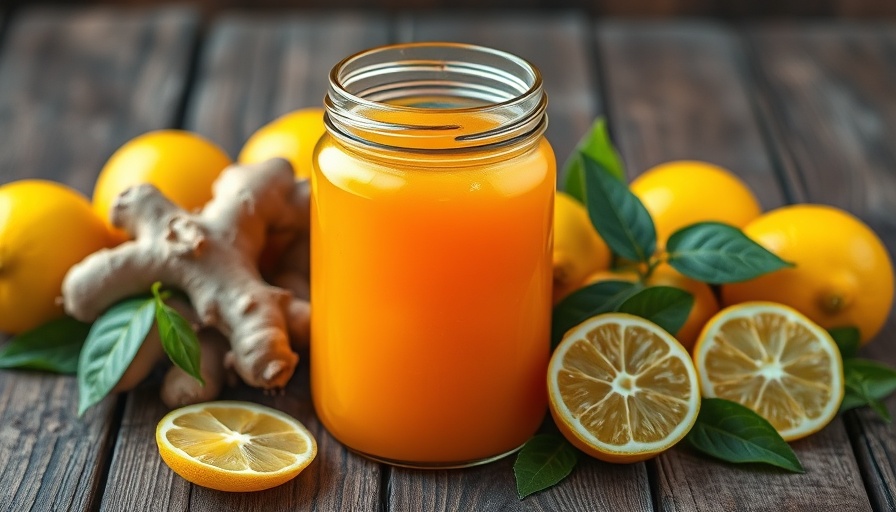
Unlocking Nature’s Treasures in August
Haywood County Public Library is set to host a range of exciting programs throughout August designed to educate and engage community members in the secrets of nature. From foraging edible plants to mastering the art of fermentation, residents can explore unique aspects of local botany free of charge. Each program requires registration, ensuring that participants can dive deep into these enriching experiences.
Fermentation Mastery: A Taste Adventure
Kick off the month on August 14th at the Waynesville Library, where attendees will dive into the world of fermentation. Participants will not only learn the science behind fermenting food but will also have the opportunity to taste and create varieties of fermented dishes and drinks. This is an excellent chance for food enthusiasts and those interested in healthy eating to discover how fermentation can enhance flavors and nutrition in their diet.
Edible Wild Plants: Foraging for Flavor
On August 15th, the library will host an "Edible Wild Plant Foraging" session. Focusing on Sochan, or coneflower, this workshop highlights traditional practices that recognize the significance of wild edibles for both health and culture. Participants will gain valuable skills and knowledge about foraging responsibly and understanding the local ecosystem, creating a bridge between tradition and sustainability.
Lawn Care Insights for Homeowners
The importance of a well-maintained lawn cannot be overstated. On August 19th, the Canton Library will offer a lawn care program geared towards homeowners eager to enhance their outdoor spaces. From understanding proper watering techniques to pest control strategies like mosquito control and grub management, participants will walk away with actionable insights that can considerably improve their lawn's health and appearance.
Why These Programs Are Crucial
Understanding nature and eco-friendly practices is essential in today’s world where urbanization threatens local ecosystems. These programs not only empower individuals to take charge of their health through better food choices but also assist in promoting sustainable practices that contribute to environmental conservation. Engaging with community activities like these fosters a sense of belonging while offering practical knowledge that residents can utilize daily.
Your Journey Begins Here
Join us this August at the Haywood County Public Library programs to gain valuable insights and practical skills. Register now to secure your spot in any of these free workshops, and take the first step toward enriching your connection with nature.
 Add Row
Add Row 
 Add
Add 


Write A Comment